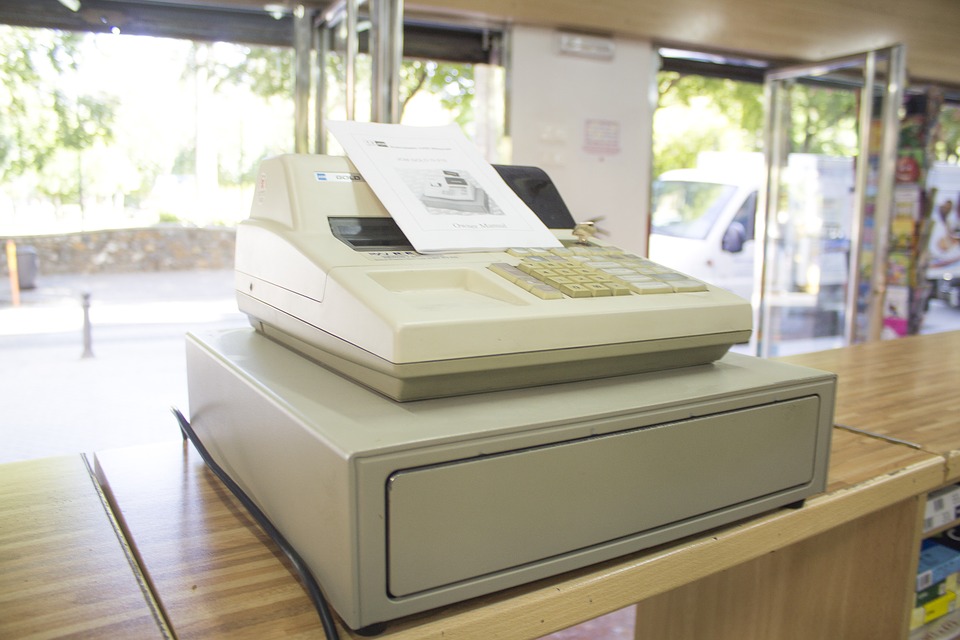
Tangible vs Intangible Fixed Assets: What’s the Difference?
 Accounting requires keeping track of your business’s fixed assets. All businesses have fixed assets. Not to be confused with current assets, they are items of monetary value that can’t be quickly converted into cash. There are two different types of fixed assets, however: tangible and intangible. What’s the difference between tangible and intangible fixed assets exactly?
Accounting requires keeping track of your business’s fixed assets. All businesses have fixed assets. Not to be confused with current assets, they are items of monetary value that can’t be quickly converted into cash. There are two different types of fixed assets, however: tangible and intangible. What’s the difference between tangible and intangible fixed assets exactly?
What Are Tangible Fixed Assets?
Tangible fixed assets are physical items of monetary value that, like all fixed assets, can’t be quickly converted into cash. Businesses typically purchase them to facilitate their operations. Different businesses purchase and use different types of tangible fixed assets. Examples of tangible fixed assets include vehicles, property, equipment and machinery.
What Are Intangible Fixed Assets?
Intangible fixed assets, on the other hand, are items of monetary value that are not physical. You can’t physically see or feel them. Rather, intangible fixed assets are digital or conceptual items of monetary value. Examples of intangible fixed assets include trademarks, patents and copyrights.
Differences Between Tangible and Intangible Fixed Assets
Fixed assets aren’t considered tangible or intangible depending on whether they are physical. Tangible fixed assets are physical items of monetary value, whereas intangible fixed assets are not. Intangible fixed assets still hold monetary value, but they aren’t physical.
Most businesses hold their intangible fixed assets for a longer period than their tangible fixed assets. Trademarks, for example, are often held indefinitely. When a business files for a trademark, it may retain the trademark indefinitely. Businesses, conversely, may sell some of their tangible fixed assets. Tangible fixed assets can’t be quickly converted into cash, but that doesn’t mean businesses retain them indefinitely. If a business needs additional capital, it may sell one or more of its tangible fixed assets.
Both tangible and intangible fixed assets are items of monetary value that can’t be quickly converted into cash. There are current assets as well. Current assets are a different category of assets that, unlike fixed assets, can be quickly converted into cash. Fixed assets, though, fall under one of two categories. There are tangible fixed assets that are physical items of monetary value, and there are intangible fixed items that are intangible items of monetary value. Hopefully, this gives you a better understanding of the differences between tangible and intangible fixed assets.
Have anything else that you’d like to add? Let us know in the comments section below!
